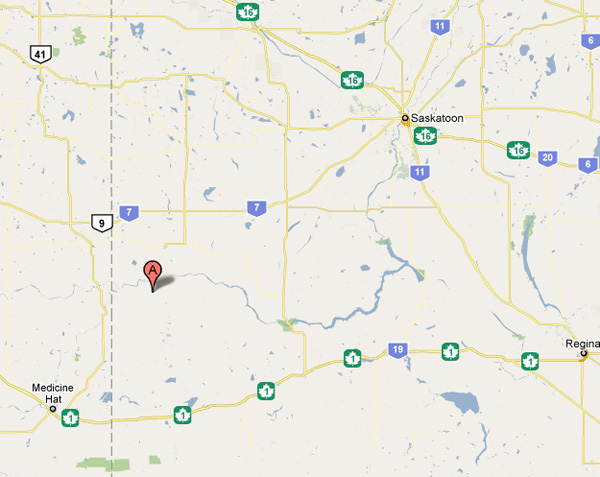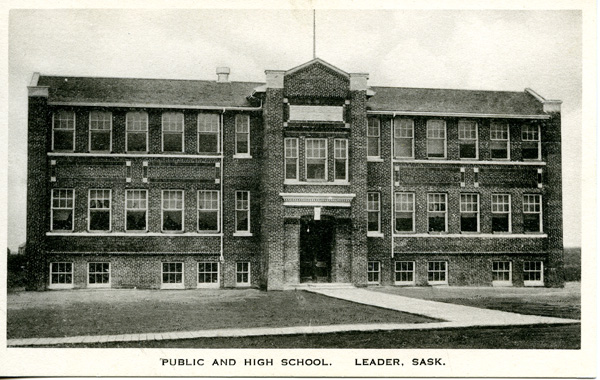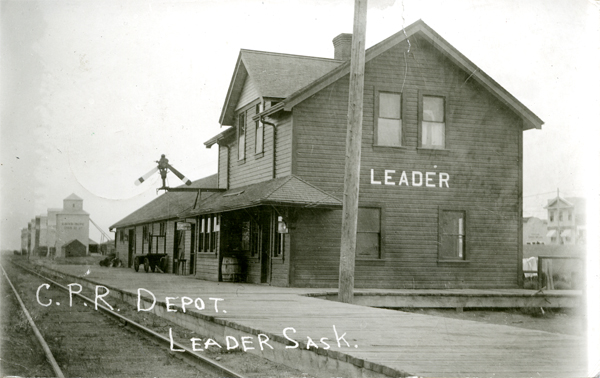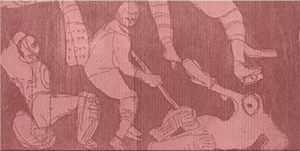Biography

Paul Gerhart Hiebert (1892-1987) was born in Pilot Mound, Manitoba and received degrees from the University of Manitoba (B.A. in philosophy 1916), University of Toronto (M.A. in Gothic and Teutonic philology 1917), and McGill (M.Sc. in chemistry 1921; Ph.D. in chemistry 1924). He worked as a a professor of chemistry at the University of Manitoba until he retired in 1953. Hiebert won the Governor General's Medal for Science in 1924 when he, together with Dr. O. Maass at McGill, published a paper on ""the preparation of Absolute H2O2", a paper to this day [1949] considered classical" (Schreiber 20). He also received the Ramsay Fellowship to University College London, but turned it down to marry Dorothea Cunningham and become lecturer at U of M (ibid).
It may seem odd that a man with so many impressive scientific letters and awards has become one of Canada's greatest parodists. Schrieber relays a story:
the result of attempting to clean a flask which had permanganate in it, with chromic acid solution, made a profound impression on that student as well as on the walls of the laboratory and Dr. Hiebert. From that day onward, Dr. Paul Gerhard Hiebert became less interested in the intricacies of chemistry and more in the art of writing. (20)
In fact, Sarah Binks and its sequel had much deeper roots. When Hiebert was a child he would write parodic poetry with his brother Ernest after coming home from school having read poems like "Hiawatha," "Under the Spreading Chestnut Tree," and "The Wreck of Hesperus" all by Henry Wadsworth Longfellow, which Hiebert claims to have found "rather tripish from the standpoint of good literature" (Siemans 69). Critic Carole Gerson suggests that Sarah Binks is based on Edna Jaques, a claim which Hiebert resolutely refuted, saying "I do not believe at all that I ever tried to take anyone off." Hiebert insisted that "there's always a certain parody on life" (Siemans 69). He himself suggests Dickens' The Pickwick Papers as an antecedent in style and cites Joseph Conrad as a literary influence (Siemans 69). C.C.J. Bond finds in Sarah Binks the poet an echo of Emily Dickinson, but the story from Hiebert himself suggests an accidental similarity: "I can't point to any particular antecedent" (Siemans 68) and
Sarah Binks simply arose as a kind of vehicle for publishing the poems which my brother and I had written when we were kids ... I attributed them to some country bumpkin by the name of Henry Hayfoot. ... then it occurred to me that if these had been written by a girl they would be a bit more fascinating (Siemans 66).
Ruth Panofsky enlightens when she recounts a story of Tommy Tweed, one of Hiebert's students who engendered the ideas of a Roman occupation in Saskatchewan and of A.E. Windheaver's name and "if it had not been for the enthusiasm and encouragement of Tweed therefore, Hiebert most likely would never have recorded the poetry of Sarah Binks" (73).
These events, however, occurred in Manitoba, yet Sarah is a product of Saskatchewan. Henry Schreiber informs us that Hiebert
went out to a small country school at Prussia [now Leader], Saskatchewan where he taught for several months. As far as is known Dr. Hiebert's teaching engagement in Saskatchewan is his only acquaintance with the "vast flatness of that Province" which produced "Sarah Binks." (20)
Perhaps Hiebert, an avid reader (Schrieber 21) had in mind writers like Sinclair Ross and his short stories or As for Me and My House (1941) as Sarah Binks gestated. Critic Elizabeth Porter suggests a precedent for this comparison by arguing that Binks is not mere parody, but also a work of prairie realist fiction like Ross's book (96). More likely, as "Leader is the locale of Sarah" (quoted in Porter 101) the town of Willows was directly based on the community of Leader, or as John Robert Colombo says, the town was "modelled on the region of Speyer, north of Maple Creek, and south of Leader" (243) which lies in Saskatchewan. Sarah herself was inspired by a "lovely young thing, shy as a gazelle" (quoted in Porter 101) from the community and while much of the poetry might have been conceived by a Manitoban in Manitoba, Sarah herself could not have grown from anywhere but the finest Saskatchewan manure-fed soil!

"A" is the location of Leader, Saskatchewan, and its distance from Saskatoon, Regina, and Medicine Hat. We can imagine Willows in a similarly remote location.
In our Postcard Collection we have some postcards from Leader (pictured below), including an image of the School at which Hiebert may have taught and an image of the C.P.R. depot which he may have used to leave town.

Bond, C.J.J. "A Haunting Echo." Canadian Literature. (1963): 83-84.
Colombo, John Robert. "Speyer." Canadian Literary Landmarks. Willowdale, Ontario: Hounslow Press, 1984.
Gerson, Carole. "Sarah Binks and Edna Jaques: Parody, Gender, and the Construction of Literary Value." Canadian Literature 134 (Fall 1992): 62-73.
MacKendrick, Louis K. "Paul Hiebert." Dictionary of Literary Biography Volume 68. Canadian Writers, 1920-1959. Edited by William H. New. Detroit: Gale Research, 1988.
Panofsky, Ruth. "'Literary Swan or 'Village Goose': Paul Hiebert's Sarah Binks." Publishing History 56 (2004): 71-88.
"Paul Hiebert." The Canadian Encylcopedia. http://www.thecanadianencyclopedia.com
Porter, Elizabeth. "Sarah Binks: Another Look at Saskatchewan's Sweet Songstress." World Literature Written in English. 21.1 (1982): 95-108.
Schreiber, Henry P. "A Chemist Among the Literati." Chemistry in Canada 1.9 (Dec 1949): 19-22.
Siemans, Reynolds. "Sarah Binks in Retrospect: A Conversation with Paul Hiebert." Journal of Canadian Fiction 19 (1977): 65-76.
comments: ua.sc@usask.ca
View digitized materials
